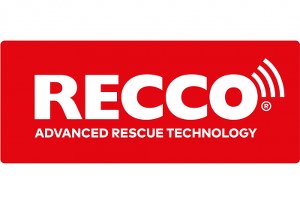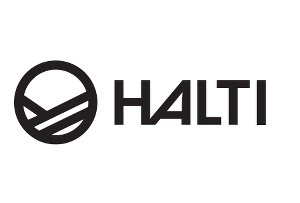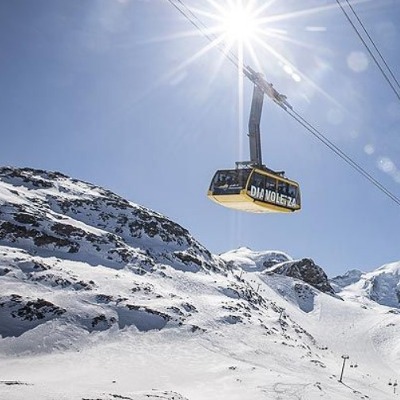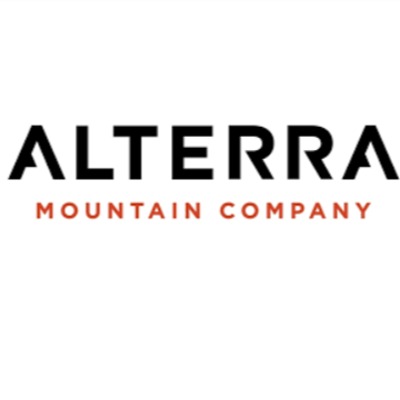Rescuer Portrait: Steve Wilson

Steve Wilson is the Chief Pilot for Teton County Search and Rescue in Jackson Hole, Wyoming, U.S.A. With 21 years of experience as a helicopter pilot, he plays a critical role in conducting life-saving missions in the rugged terrain of the Teton Range. His expertise in high-altitude flying and emergency response enables swift, effective rescues in tough conditions. Passionate about aviation and public safety, Wilson's dedication to his team and community has made him an invaluable leader in search and rescue operations.
TCSAR was started in 1993 by the Teton County Sheriff's Department to provide vital emergency search and rescue services for Teton County, Wyoming, and surrounding areas. Today, 38 volunteers dedicate a collective 10,000 hours annually to SAR-related activities.TCSAR has been using the RECCO SAR Helicopter Detector since 2020. Handheld detectors have been used in the area for avalanche rescue since many years.
What is your position and role?
I’m the Chief Pilot for Teton County Search and Rescue in Jackson Hole, Wyoming. Our organization provides Search and Rescue services for Teton County, Wyoming. We also assist other agencies in surrounding counties, states and national parks. Our primary job is to get people in need out of the mountains to the next level of care.
What kind of rescues have you been involved in?
I’ve personally been involved in dozens of Avalanche rescues in my career–some as a heli-ski pilot, but most as a SAR pilot. The knowledge I gained as a ski patroller in my younger years, prior to becoming a pilot, has been indispensable when it comes to assisting in avalanche rescues and mitigating risk while inserting rescuers into avalanche terrain.
How did you get into this line of work?
My passion for rescue was sparked in my early twenties when I started ski patrolling in Vail, Colorado. There’s a sense of gratitude that comes from having the ability to help people in their most vulnerable moments and getting them the care that they need. It builds a mindset of servitude toward a community and not just yourself. We all share the same passion for outdoor recreation and creating memories in wild places. Sometimes things don’t go as planned and we all need help from time to time.
What was the most impactful rescue in your career and how did it affect you?
It’s hard to choose one particular rescue. The good outcomes, when you know you really make a difference, really stick with you. The bad outcomes, the ones where you did everything you could and still couldn’t help, they stick with you even more. Every rescue is an experience you try to grow from and learn from to be as safe, efficient and provide the best quality of care and best chance for the patient.
What kind of situations do you see in the field?
The most common rescues we respond to are skiing, climbing and snowmobiling accidents, usually caused by a fall, crash or avalanche. We also see a lot of horse accidents in the fall when hunting season starts off, and the occasional bear attack. It’s a pretty wide range, you never know what the next call will bring.
What is the biggest challenge of your aviation work?
The biggest challenges we face for aviation in our environment are all associated with weather. The winter brings more days with snow, limited visibility and icy conditions. In the summer, the higher temperatures, altitudes and high winds push operations to the edge of the envelope in regard to aircraft performance. In the mountains, flying winds are the big game changers, especially when operating on the leeward side of the range.
How does your work affect your personal approach to the mountains?
I believe I approach the mountains the same whether I’m solo or with my family, but when I have them along, I’m definitely more cautious. One thing that’s changed over the years is how much better prepared I am for any situation that comes up. I always make sure to communicate where I’m going and carry extra clothing, shelter, and first aid supplies in my kit. I also know there are limits to rescues, and sometimes they take time. So, it’s important to be prepared to take care of myself or even self-rescue if needed – or at least stay as comfortable as possible until help arrives.
What is some advice you have for outdoor enthusiasts venturing into the Tetons?
As I stated earlier, always be prepared"Many of the places in our surrounding area do not have cell phone coverage, so having a satellite communication device is key. It’s also important to know basic first aid and to have a first-aid kit on you, along with wearing the proper clothing and making sure to carry matches, plenty of food and water.
Make sure to let family or friends know where you’re going – it really helps us know where to start if we have to search for you. If traveling in avalanche terrain, be searchable. Wearing a transceiver and a RECCO reflector will help the chances of being found sooner.
Unfortunately, we have been on avalanche rescues where someone has forgotten to turn their beacon on or the beacon stopped working. I’ve been guilty of it myself. Having a RECCO reflector as well will aid us in finding you much quicker.
The reflector is also a great tool in the summer. If your phone or satellite device runs out of battery, the RECCO SAR Helicopter Detector can cover a huge area quickly and give us a better shot at finding you faster than a visual search through heavy timber. Be searchable and always be prepared.
How has the rescue technique and technology changed over the years?
A lot of our techniques in rescue have remained the same. As for technology, that’s taken quite a leap. Things like compact satellite communication devices, phones with satellite capability, and search tools like RECCO and Heli transceivers have made locating patients and conducting searches much more efficient. They’re all great tools that help us do our job better.













